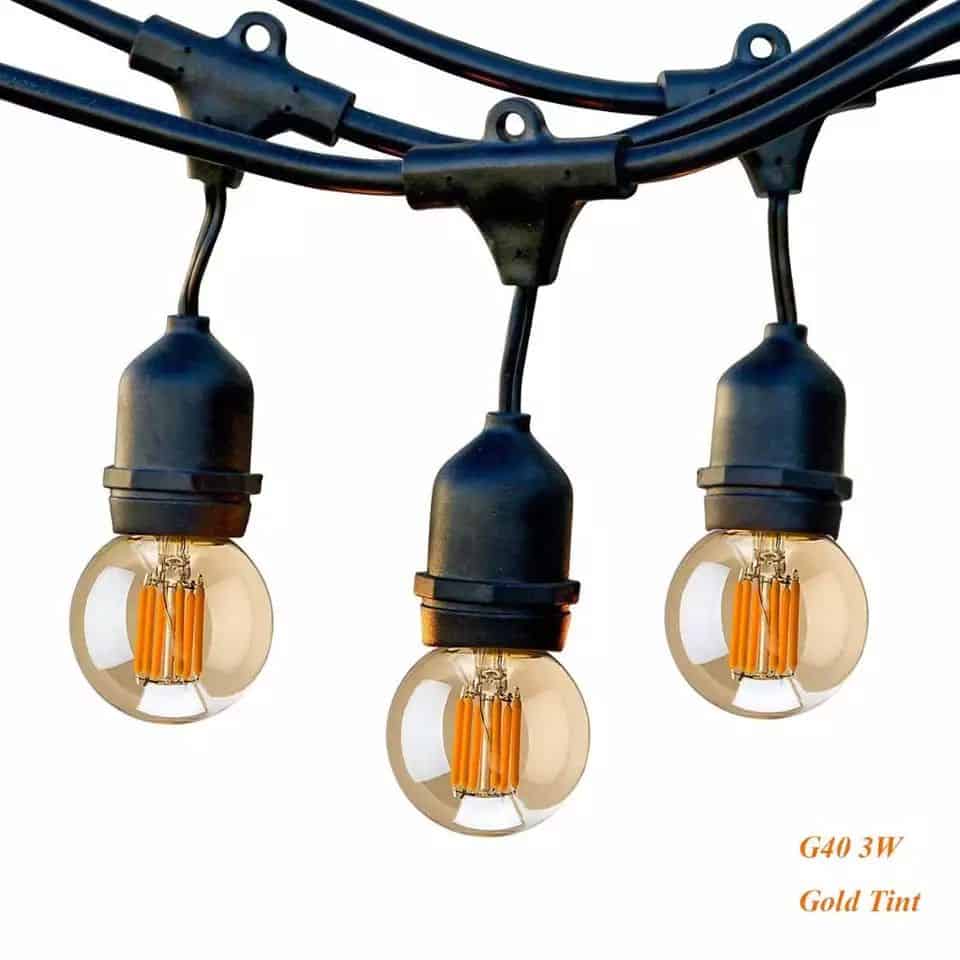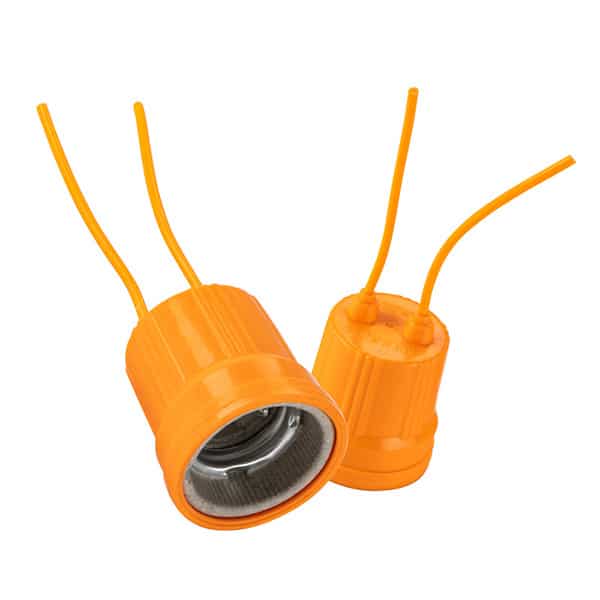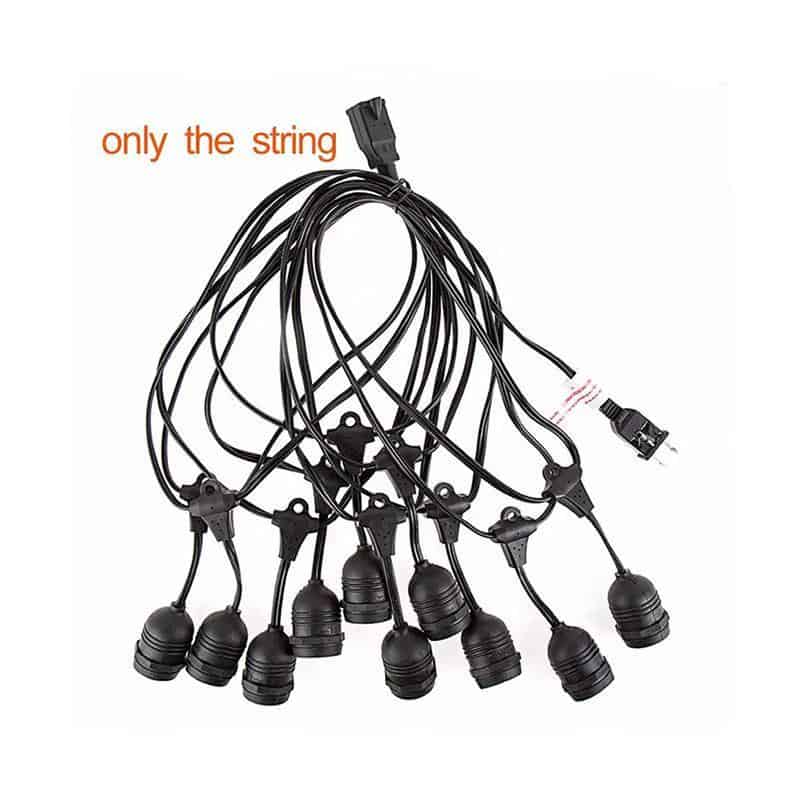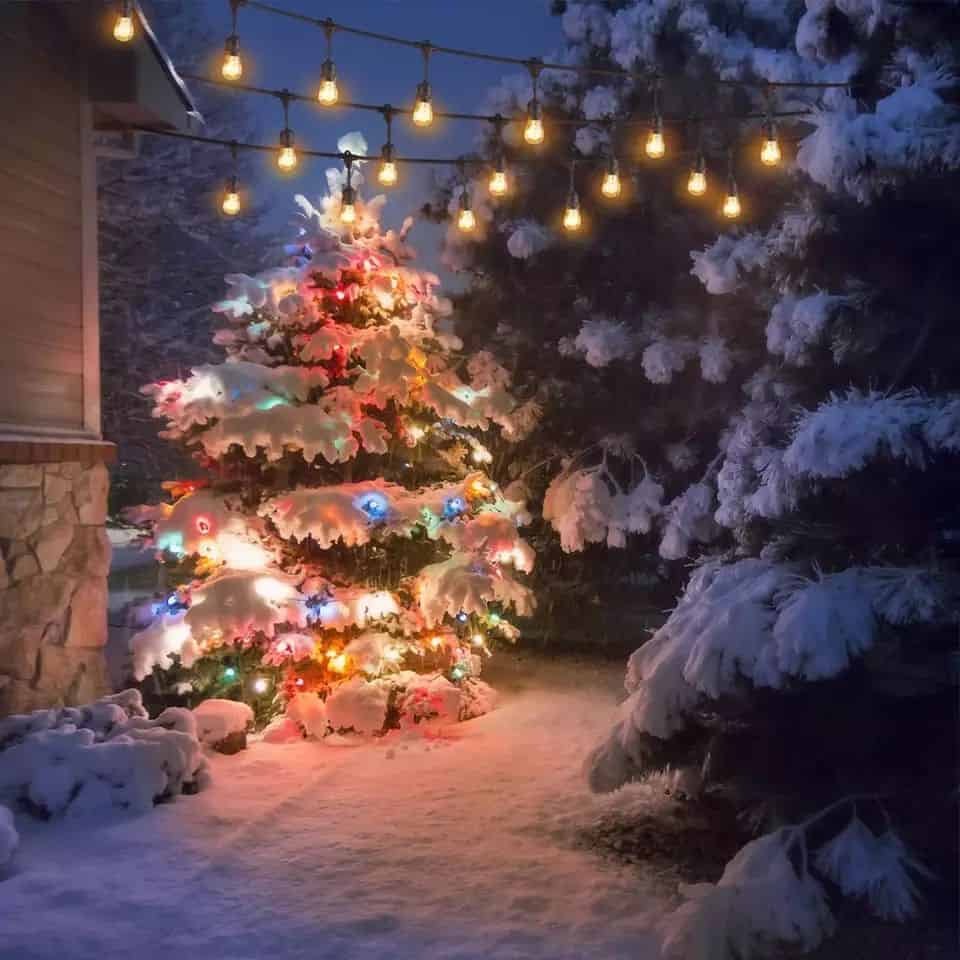Unused outdoor light bulb sockets are a big problem. They can be exposed to moisture, people can touch them accidentally, or they can have electrical problems that lead to bad things happening. The solution is to cap off the light bulb sockets you’re not using properly.
Safely capping off the light bulb sockets you’re not using is important. It keeps moisture out, prevents electrical shorts, and avoids fire hazards. It also keeps stuff from getting in there, and keeps people from accidentally touching stuff they shouldn’t.
The outdoor sockets that are unused are out there in the rain, the wind, and the humidity. When they’re not covered up, they can collect water, bugs, and various debris. This can interrupt the electrical connections or even cause electrical shorts. Over time, this can lead to corrosion, rust, and potential fire hazards.
Even more concerning is the risk of people accidentally coming into contact with an unprotected light bulb socket and getting hurt or electrocuted. Therefore, capping the light bulb sockets you’re not using is a big deal.

Why It’s Important to Safely Cap Off Unused Light Sockets Outdoors
Outdoor lamp sockets are constantly exposed to changing weather conditions, which include rain, snow, and humidity. This moisture can seep into the socket, leading to corrosion and rust. Over time, these factors can weaken the socket’s structure and create electrical problems such as short circuits, which can be dangerous.
Moreover, open sockets can collect dust, insects, and debris, which further compromises their functionality. The presence of moisture or foreign materials in an exposed socket increases the risk of electric shock or fire. Properly capping unused sockets helps mitigate these risks by protecting the socket from external elements.
Aside from preventing electrical hazards, covering unused sockets also enhances the overall aesthetic of outdoor spaces. Exposed light sockets can detract from the appearance of a well-maintained outdoor area. By capping them, you not only protect your electrical components but also contribute to a cleaner and safer environment.
Materials You’ll Need
To effectively cap off unused light sockets outdoors, you will need the right materials to ensure long-term protection. Here’s what you’ll need:
- Silicone or Plastic Caps: These are the best options for covering exposed sockets as they are non-conductive and waterproof. These caps fit tightly over the socket, preventing moisture and debris from entering.
- Electrical Tape: High-quality, weatherproof electrical tape is ideal for securing the cap and providing an additional layer of protection. It can also be used to seal any gaps and ensure the socket remains completely dry.
- Weatherproof Sockets: If the unused socket is intended to stay outdoors for a long period, consider investing in weatherproof sockets that come with built-in protective covers or caps. These sockets are specifically designed to withstand outdoor conditions.
- Sealing Gel: Adding a layer of sealing gel around the edges of the cap ensures extra moisture protection. This is especially useful in areas with heavy rain or humidity.

Step-by-Step Guide to Capping Off Light Sockets
Step 1: Turn Off the Power
Before you start any work, ensure that the power to the light socket is turned off. This is the most important step to prevent electrical shocks. Use the circuit breaker to cut power to the area.
Step 2: Clean the Socket
Make sure the socket is completely free of any debris, dust, or moisture. Use a dry cloth to wipe away any dirt and check that no water has collected inside. A clean socket ensures a better seal and reduces the risk of corrosion.
Step 3: Apply the Cap
Place the silicone or plastic cap firmly over the unused socket. Ensure the cap fits snugly around the socket to block out any moisture or dust. These caps are typically easy to install and provide immediate protection.
Step 4: Secure with Electrical Tape
After placing the cap, wrap weatherproof electrical tape around the base of the cap to ensure it stays in place. The tape also provides an additional waterproof layer to prevent moisture from seeping into the socket.
Step 5: Use a Sealing Gel
For extra protection, apply sealing gel around the edges of the cap where it meets the socket. This gel creates a waterproof barrier that prevents any potential water ingress, especially in extremely wet conditions.

Alternatives to Capping Off Unused Sockets
If you do not wish to cap the sockets permanently or need a more versatile solution, there are alternative methods to consider:
Temporary Covers
If the socket might be used occasionally, consider using temporary, waterproof socket covers. These covers can be easily removed when the socket is needed and provide adequate protection against moisture and debris when not in use.
Install an Outdoor Outlet Box
For a more long-term solution, you can enclose the socket in a weatherproof outdoor outlet box. This option is ideal for areas exposed to heavy rain or snow. The outlet box offers full protection and can be accessed whenever necessary without the need to remove caps or tape.
Disconnect the Socket
If the socket is no longer needed, disconnecting or completely removing it may be the best option. By cutting the power supply and removing the socket, you eliminate any potential hazards.
Mistakes to Avoid When Capping Off Outdoor Light Sockets
When capping off unused light sockets outdoors, there are several common mistakes that you should avoid:
Failing to Turn Off the Power
Never attempt to cap a socket without first cutting the power. Even if the socket appears unused, it may still carry an electrical current. Always turn off the power at the circuit breaker before beginning any work.
Using Improper Materials
Avoid using non-weatherproof materials such as regular tape or plastic bags to cover the socket. These materials will not provide adequate protection against moisture and may degrade quickly when exposed to outdoor conditions. Invest in high-quality silicone or plastic caps specifically designed for outdoor use.
Inadequate Sealing
Ensure that the cap is tightly secured to the socket and that there are no gaps for water or dust to enter. Use sealing gel or weatherproof tape to reinforce the protection, especially in areas with heavy rainfall.

Maintaining Capped Sockets for Long-Term Use
Even after you’ve capped the sockets, regular maintenance is essential to ensure long-term safety. Periodically check the capped sockets for signs of wear or moisture buildup. Replace the caps or reseal them if there is evidence of rust or damage. For more permanent solutions, upgrading to weatherproof sockets with built-in covers can minimize the need for frequent checks.
If you live in an area with heavy rain or snow, it’s essential to monitor the condition of the caps regularly to ensure they are still providing adequate protection. This small effort will help avoid electrical issues and maintain the longevity of your outdoor lighting systems.
Final Words:
Covering up outdoor light sockets you’re not using is an important step to prevent moisture damage, electrical hazards, and improve safety.













